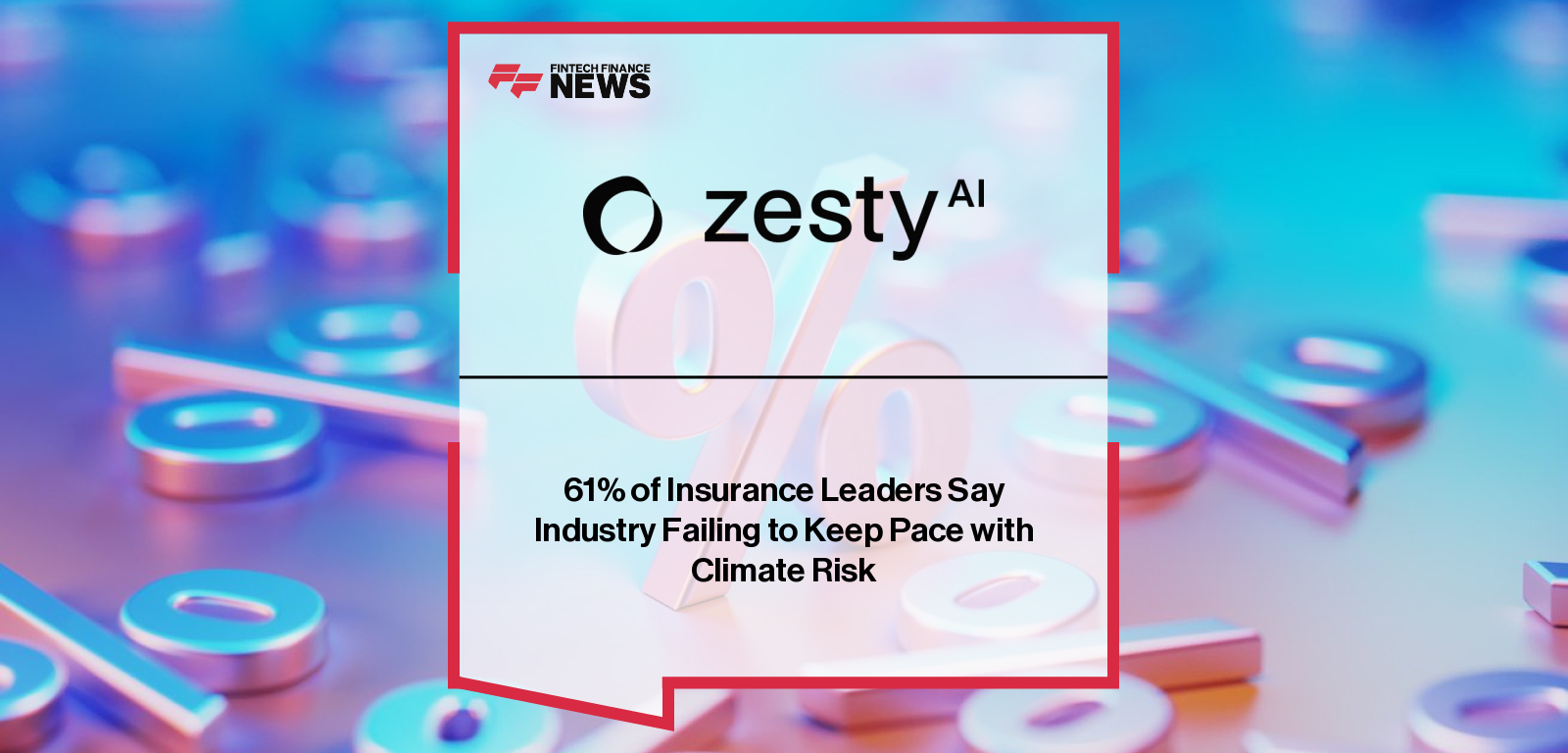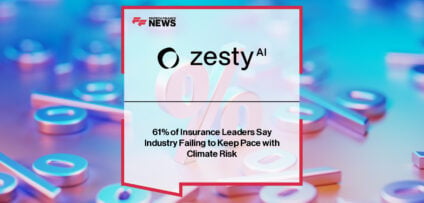Breaking News

61% of Insurance Leaders Say Industry Failing to Keep Pace with Climate Risk
A new survey from ZestyAI, the leading provider of property-specific climate and risk analytics, finds that the insurance industry is falling behind in preparing for climate-driven risks, even as natural disasters grow more frequent, severe, and costly.
According to the 2025 State of Property Insurance report, conducted by ZestyAI with more than 220 property and casualty (P&C) executives, 61% of executives say the industry is not adapting to climate-related risk fast enough. Key findings include:
- 68% of executives say advanced AI models help manage climate-related losses more effectively
- Nearly three quarters of executives say AI is opening new revenue opportunities, and improving underwriting
- Yet only one in four cite AI as a primary method for managing perils, and a number of carriers report having no model at all: 15% for non-weather water, 14% for attritional fire, and 12% for wildfire and severe convective storms.
- Despite 83% of leaders saying they feel equipped to use it, AI adoption remains uneven – only 40% of carriers have embedded AI into core workflows
Many insurers continue to lean heavily on legacy actuarial and stochastic models, even though these frameworks were designed for a more stable risk environment and do not capture today’s clustered, compound, and property-specific loss patterns. The survey found that 41% of executives say stochastic models are the most accurate tools for predicting risk, compared to 20% for AI.
The report underscores the growing impact of climate volatility, with wildfires increasingly hitting urban areas, destroying neighborhoods, and hailstorms setting new records with billion-dollar damages year after year. It concludes that to keep the stability of property insurance intact, carriers need to modernize peril models with property-level precision before the next billion dollar loss, and integrate AI into underwriting, pricing, and claims workflows.
Attila Toth, Founder and CEO of ZestyAI, said “The industry is still modeling risk as if little has changed, even as climate volatility accelerates. Relying on yesterday’s tools is leaving insurers exposed to today’s billion-dollar events, from urban wildfires to catastrophic hailstorms.”
“AI-driven, property-specific models don’t just predict risk more accurately; they also show how mitigation changes outcomes, giving insurers, regulators, and policyholders the transparency they need to build resilience. As we look to 2026, the industry faces a choice: continue relying on models built for yesterday’s risks, or embrace a future where every property can be understood, priced, and protected on its own terms.”
People In This Post
Companies In This Post
- Visa and KNEX Announce Partnership to Embed Virtual Card Payments in Oracle ERP Read more
- Paymentology Scales Card Programs in Saudi Arabia Read more
- BankiFi Innovates Small Business Banking with Data & AI Read more
- EXCLUSIVE: “The Great Rebundling” – Shruti Patel, U.S. Bank in ‘The Fintech Magazine’ Read more
- NRF 2025: Who Has the Best Booth? Read more



















